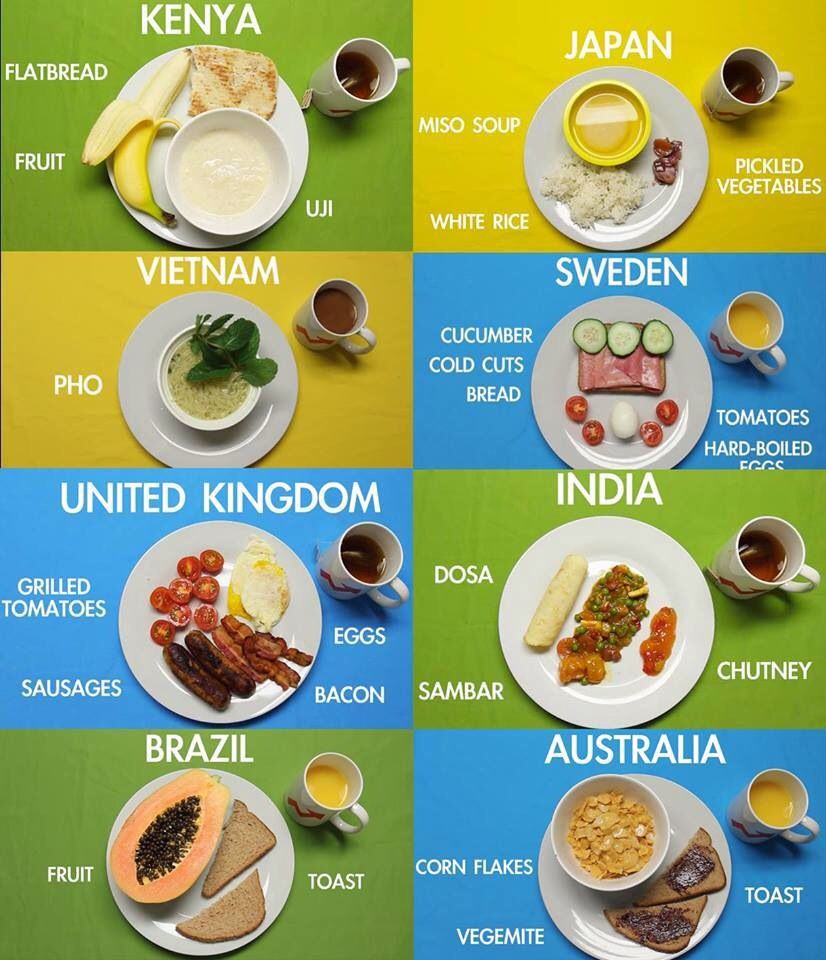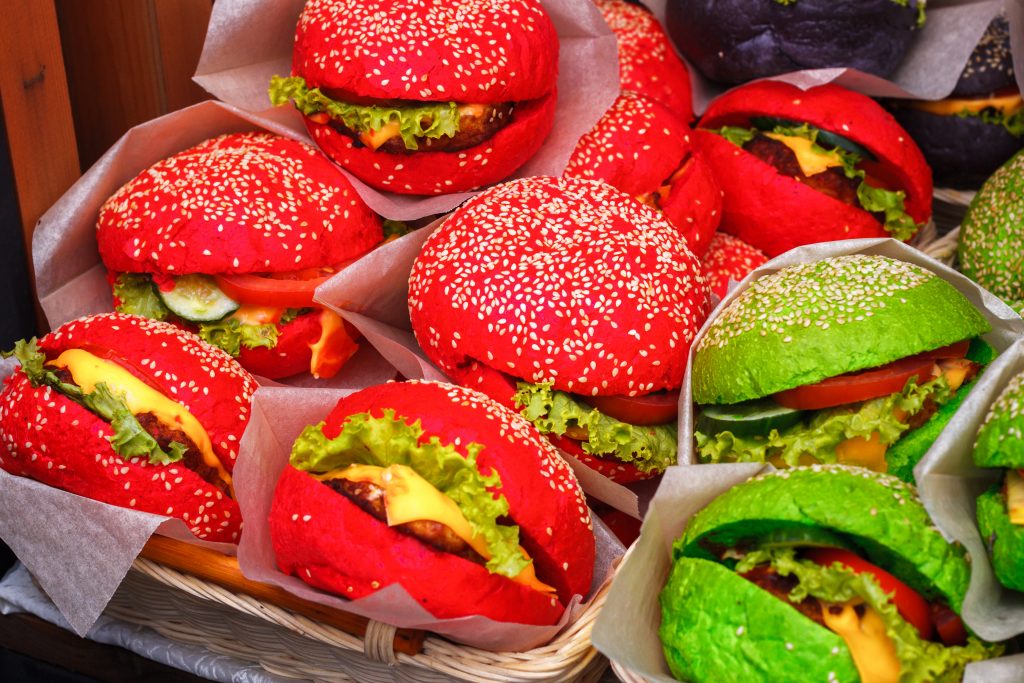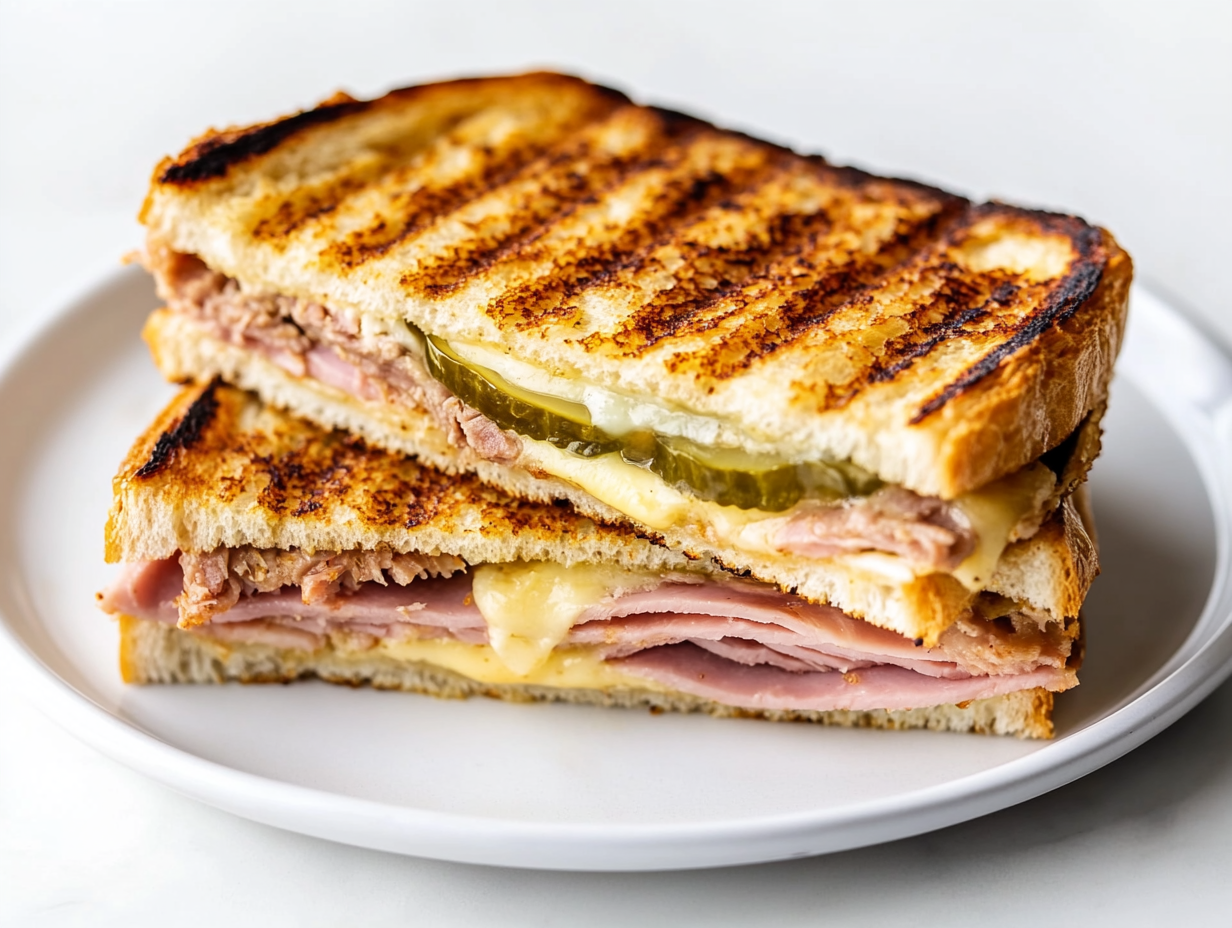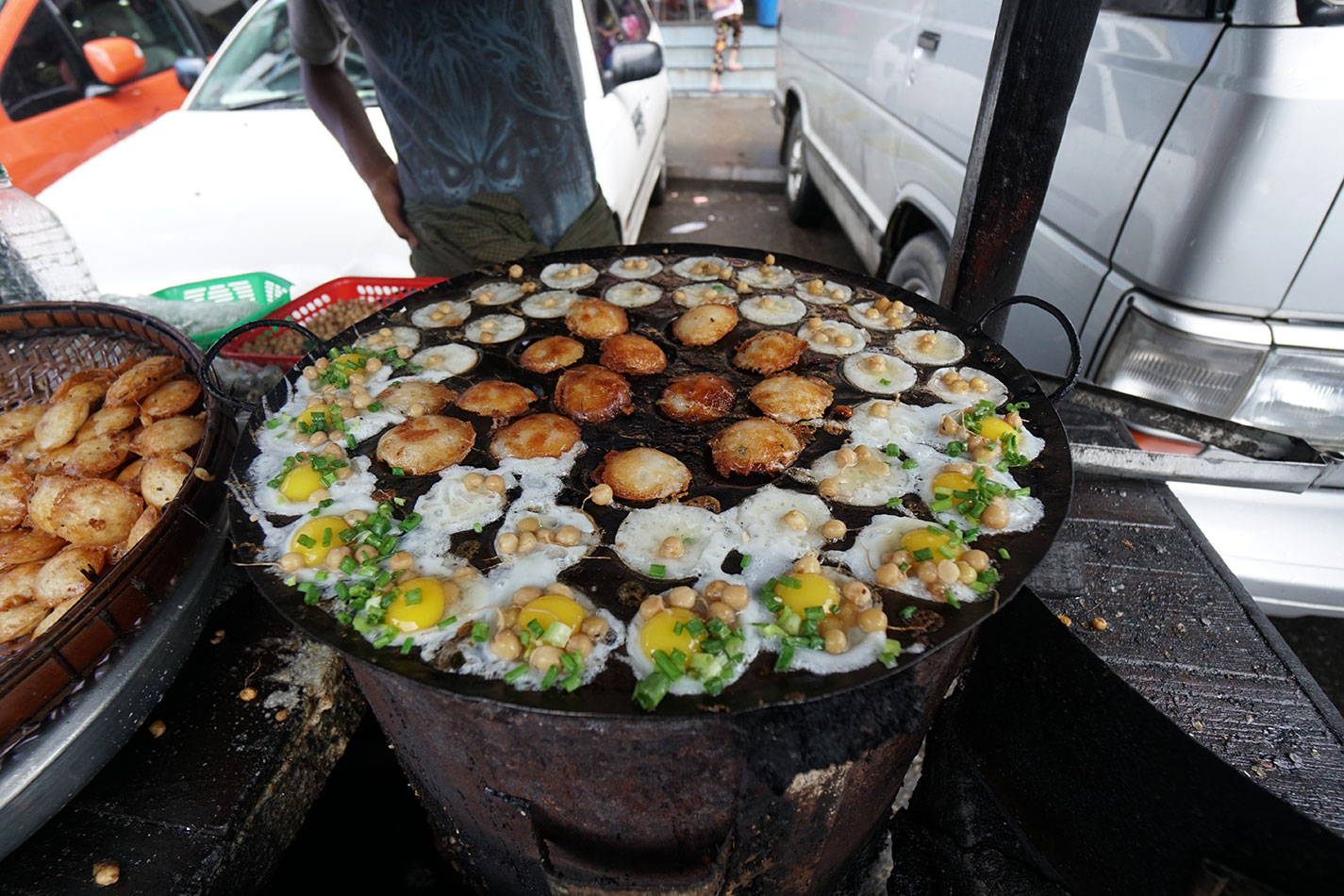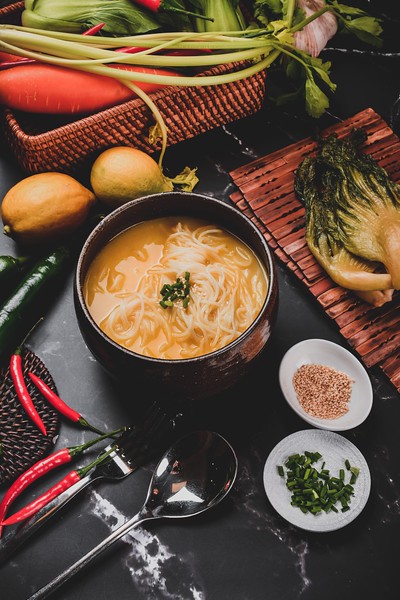
Vegan International Recipes for Travelers: A Culinary Journey Around the World (Without the Animal Products)
Traveling as a vegan can be an exciting adventure, but it often requires careful planning and resourcefulness, especially when it comes to food. While veganism is becoming increasingly mainstream, finding readily available and delicious plant-based options in some parts of the world can still be a challenge. That’s where a little culinary know-how comes in handy! This guide provides a collection of adaptable and practical vegan international recipes designed specifically for travelers, catering to various cooking environments, ingredient availability, and dietary needs. We’ll explore recipes from different corners of the globe, offering modifications for limited resources and tips for ingredient substitutions. So pack your bags, sharpen your knives (or sporks!), and get ready to embark on a delicious and compassionate culinary journey!
I. Planning Your Vegan Food Strategy Before You Go:
Before diving into recipes, let’s lay the groundwork for successful vegan travel.
- Research Your Destination: Understand the local cuisine. Are there naturally vegan dishes already prevalent? Which ingredients are common? Knowing what to expect helps you anticipate challenges and identify potential staples. Websites like HappyCow, Vegan Passport, and travel blogs are invaluable resources.
- Learn Basic Phrases: Knowing how to say "I am vegan," "without meat," "without dairy," and "without eggs" in the local language can be a lifesaver. Consider downloading a translation app or preparing a phrase card.
- Pack Essentials: Depending on your travel style and destination, consider packing essential vegan staples like:
- Nutritional Yeast: Adds a cheesy flavor and is a great source of B vitamins.
- Spices: A small spice kit can transform bland meals into culinary delights. Include basics like salt, pepper, garlic powder, onion powder, chili flakes, and any region-specific spices you enjoy.
- Vegan Protein Powder: A convenient way to supplement protein intake, especially when fresh options are limited.
- Nuts and Seeds: Energy-dense and portable snacks.
- Dried Fruit: Another great source of energy and fiber.
- Vegan Energy Bars: A reliable backup when options are scarce.
- Reusable Food Containers and Utensils: Reduce waste and ensure you can carry your own food.
- Utilize Accommodation Resources: If staying in hostels or guesthouses with kitchens, inquire about cooking facilities and basic supplies. Consider booking accommodations with self-catering options whenever possible.
- Be Flexible and Adaptable: Ingredient availability varies significantly. Be prepared to adjust recipes based on what you can find locally. Embrace the opportunity to try new ingredients and variations.
II. The Vegan Traveler’s Recipe Arsenal: International Delights for the Road
Now, let’s explore a selection of vegan international recipes suitable for travelers, categorized by region and cooking complexity:
A. Southeast Asia: Bursting with Flavor
-
Recipe 1: Vietnamese Summer Rolls (Gỏi cuốn chay)
-
Ideal for: No-cook situations, picnics, beach days.
-
Ingredients: Rice paper wrappers, rice noodles, shredded carrots, cucumber, lettuce, fresh mint, fresh cilantro, peanut sauce (recipe below).
-
Instructions:
- Prepare the peanut sauce (see recipe below).
- Soften rice paper wrapper in warm water for a few seconds.
- Lay the wrapper flat and arrange noodles, vegetables, and herbs in the center.
- Fold in the sides and roll tightly from the bottom up.
- Serve with peanut sauce.
-
Modifications:
- Use any available vegetables: bell peppers, sprouts, avocado, etc.
- Replace peanut sauce with soy sauce or sweet chili sauce if peanuts are unavailable.
- Add fried tofu or tempeh if you have access to a cooking facility.
-
Peanut Sauce Recipe (Simplified): Combine peanut butter, soy sauce, lime juice, maple syrup (or sugar), and water until desired consistency is reached. Adjust sweetness and saltiness to taste.
-
-
Recipe 2: Thai Green Curry Paste (Simplified)
- Ideal for: Cooking in hostels or guesthouses with kitchen facilities.
- Ingredients: Green chilies, ginger, garlic, lemongrass (if available), cilantro stems, lime zest, cumin, coriander, turmeric, salt, vegetable oil.
- Instructions:
- Combine all ingredients in a food processor or mortar and pestle.
- Process or grind until a smooth paste is formed.
- Use the paste to make green curry with coconut milk, vegetables, and tofu (if available).
- Modifications:
- Adjust chili quantity based on your spice preference.
- Substitute galangal for ginger if lemongrass is unavailable.
- Use dried spices if fresh ingredients are limited.
- Add spinach or kale for extra nutrients.
-
Recipe 3: Indonesian Gado-Gado (Salad with Peanut Sauce)
- Ideal for: Versatile and adaptable to local vegetable availability.
- Ingredients: Boiled potatoes, boiled green beans, bean sprouts, boiled cabbage, cucumber, fried tofu (optional), tempeh (optional), peanut sauce (recipe above).
- Instructions:
- Chop all vegetables into bite-sized pieces.
- Arrange vegetables, tofu, and tempeh on a plate.
- Drizzle generously with peanut sauce.
- Garnish with fried shallots or crackers (optional).
- Modifications:
- Use any available cooked or raw vegetables.
- Add hard-boiled eggs for non-vegan travel companions.
- Adjust the peanut sauce consistency to your liking.
B. Mediterranean Delights: Simple and Fresh
-
Recipe 4: Greek Salad (Horiatiki)
- Ideal for: No-cook situations, utilizing fresh local produce.
- Ingredients: Tomatoes, cucumbers, red onion, bell pepper, Kalamata olives, oregano, olive oil, red wine vinegar, salt, pepper.
- Instructions:
- Chop vegetables into bite-sized pieces.
- Combine all ingredients in a bowl.
- Drizzle with olive oil and red wine vinegar.
- Season with oregano, salt, and pepper.
- Modifications:
- Add vegan feta cheese (if available) or marinated tofu for extra protein.
- Use any available vegetables, such as zucchini or eggplant.
- Serve with crusty bread for a more substantial meal.
-
Recipe 5: Moroccan Tagine (Vegetable Stew)
- Ideal for: Cooking in hostels or guesthouses with kitchen facilities.
- Ingredients: Onion, garlic, carrots, potatoes, zucchini, eggplant, chickpeas, diced tomatoes, vegetable broth, raisins, almonds, cumin, coriander, turmeric, cinnamon, ginger, olive oil, salt, pepper.
- Instructions:
- Sauté onion and garlic in olive oil.
- Add carrots, potatoes, zucchini, and eggplant. Cook for a few minutes.
- Add chickpeas, diced tomatoes, vegetable broth, raisins, and spices.
- Bring to a boil, then reduce heat and simmer for at least 30 minutes, or until vegetables are tender.
- Garnish with almonds before serving.
- Modifications:
- Use any available vegetables.
- Add dried apricots or dates for extra sweetness.
- Serve with couscous or quinoa for a more filling meal.
- Adjust the spice blend to your liking.
C. Latin American Flavors: Bold and Hearty
-
Recipe 6: Mexican Black Bean Soup
- Ideal for: Warming and nutritious meals, adaptable to canned ingredients.
- Ingredients: Canned black beans, onion, garlic, vegetable broth, cumin, chili powder, oregano, lime juice, cilantro, avocado (optional), vegan sour cream (optional).
- Instructions:
- Sauté onion and garlic in a pot.
- Add black beans, vegetable broth, cumin, chili powder, and oregano.
- Bring to a boil, then reduce heat and simmer for 15 minutes.
- Blend a portion of the soup for a creamier texture (optional).
- Stir in lime juice and cilantro.
- Garnish with avocado and vegan sour cream (optional).
- Modifications:
- Use dried black beans if available (soak and cook them beforehand).
- Add diced tomatoes, corn, or bell peppers for extra flavor and texture.
- Serve with tortilla chips or rice.
-
Recipe 7: Peruvian Quinoa Salad
- Ideal for: No-cook situations, utilizing readily available quinoa.
- Ingredients: Cooked quinoa, black beans, corn, red bell pepper, red onion, cilantro, lime juice, olive oil, salt, pepper.
- Instructions:
- Combine all ingredients in a bowl.
- Toss well.
- Adjust lime juice, olive oil, salt, and pepper to taste.
- Modifications:
- Add avocado, tomatoes, or cucumbers for extra flavor and texture.
- Substitute other beans for black beans.
- Use a different type of grain, such as rice or couscous.
D. Indian Comfort Food: Spiced and Satisfying
-
Recipe 8: Lentil Curry (Dal)
- Ideal for: Cooking in hostels or guesthouses with kitchen facilities.
- Ingredients: Red lentils, onion, garlic, ginger, tomatoes, vegetable broth, turmeric, cumin, coriander, chili powder, garam masala, vegetable oil, cilantro, salt, pepper.
- Instructions:
- Rinse lentils thoroughly.
- Sauté onion, garlic, and ginger in vegetable oil.
- Add tomatoes and cook until softened.
- Add lentils, vegetable broth, turmeric, cumin, coriander, chili powder, and salt.
- Bring to a boil, then reduce heat and simmer for at least 30 minutes, or until lentils are tender.
- Stir in garam masala and cilantro.
- Season with salt and pepper to taste.
- Modifications:
- Use any type of lentils.
- Add spinach or kale for extra nutrients.
- Serve with rice or naan bread (ensure it’s vegan).
- Adjust the spice blend to your liking.
-
Recipe 9: Chickpea Salad Sandwich (Chana Masala Inspired)
- Ideal for: No-cook situations, utilizing canned chickpeas.
- Ingredients: Canned chickpeas, vegan mayonnaise, red onion, celery, curry powder, turmeric, mango chutney (optional), salt, pepper, bread.
- Instructions:
- Mash chickpeas with a fork.
- Combine mashed chickpeas with vegan mayonnaise, red onion, celery, curry powder, turmeric, and mango chutney (if using).
- Season with salt and pepper to taste.
- Spread chickpea salad on bread and enjoy.
- Modifications:
- Add raisins or chopped apples for sweetness and texture.
- Use a different type of bread, such as pita bread or wraps.
- Substitute other spices for curry powder and turmeric.
III. Tips and Tricks for Vegan Cooking on the Road:
- Embrace Local Markets: Farmer’s markets and local markets are fantastic places to find fresh, seasonal produce at affordable prices.
- Utilize Canned Goods: Canned beans, tomatoes, and vegetables are convenient and readily available in most parts of the world.
- Cook in Bulk: If you have access to a kitchen, cook larger portions of meals that can be stored and reheated later.
- Be Mindful of Cross-Contamination: Ensure your cooking utensils and surfaces are clean and free of animal products.
- Stay Hydrated: Drink plenty of water, especially in hot climates.
- Have Fun and Be Adventurous! Vegan travel is an opportunity to explore new cultures and cuisines. Don’t be afraid to try new things and adapt to local conditions.
IV. Conclusion:
Traveling vegan is not just about avoiding animal products; it’s about embracing a compassionate and sustainable way of exploring the world. With a little planning, resourcefulness, and these adaptable recipes, you can enjoy delicious and fulfilling meals wherever your adventures take you. So, pack your bags, embrace the unknown, and get ready to savor the flavors of the world, one vegan bite at a time! Happy travels!



